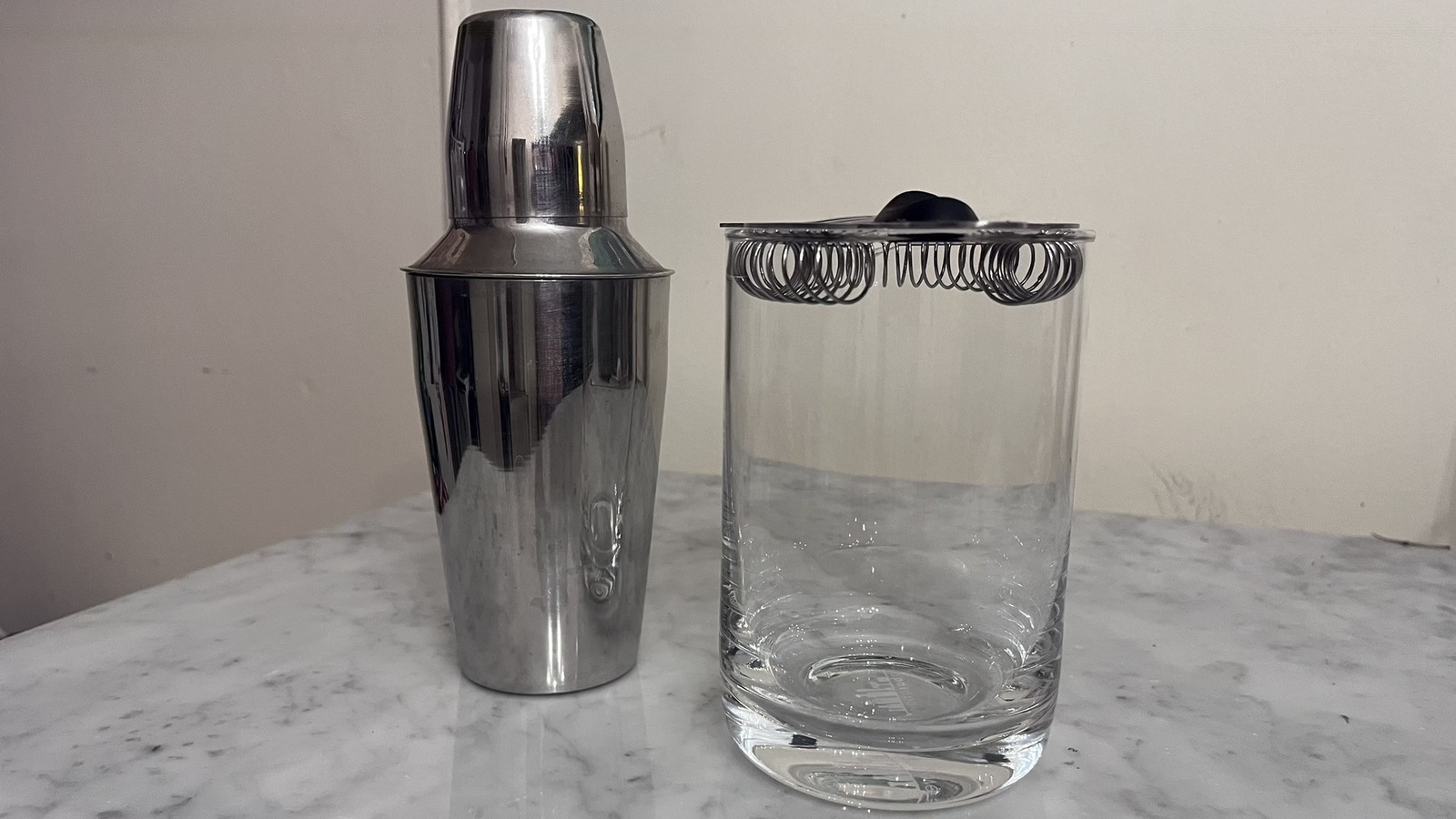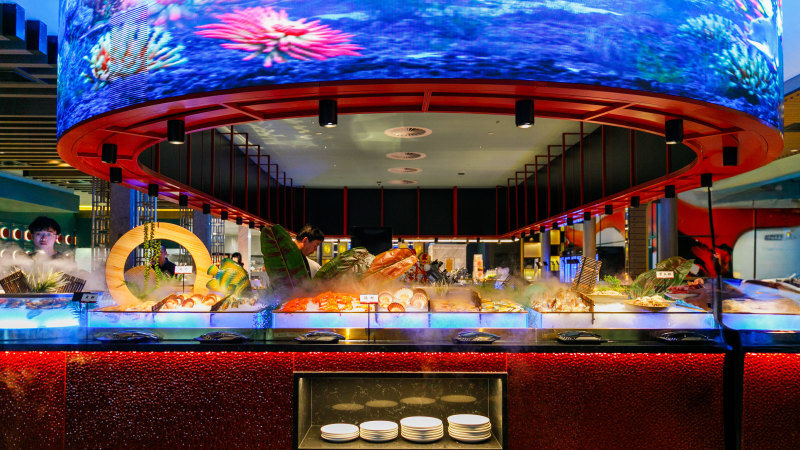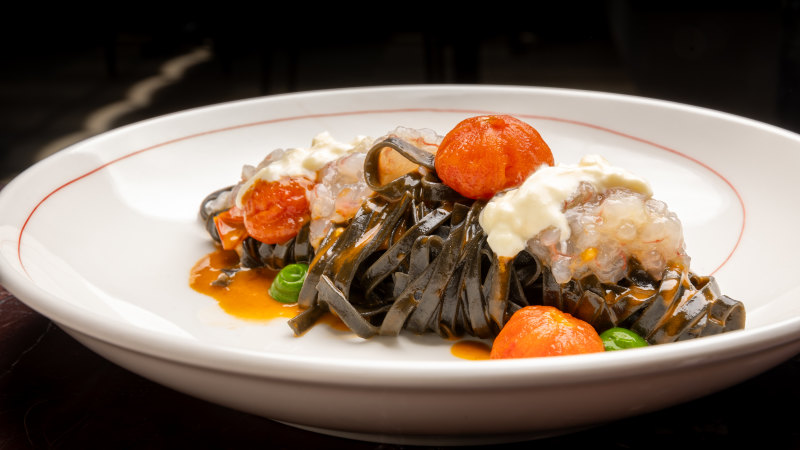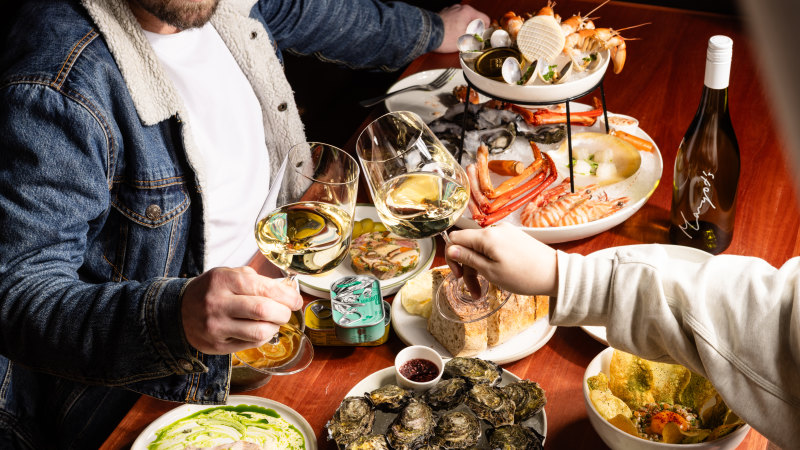Even novice cocktail makers and drinkers know the phrase "shaken, not stirred," made famous by James Bond's martini order. Shaking and stirring are processes applied to making many cocktails, not just 007's booze of choice, so we decided to test if shaking or stirring a drink affects how the cocktail eventually tastes. Two recipes appear in cocktail expert J.
M. Hirsch's book " " that are identical in ingredients: bourbon, sweet vermouth, and Green Chartreuse. One, called the Tipperary Cocktail #1, instructs that the cocktail be shaken; the other, called the San Martin Cocktail, is stirred.
In both cases, Hirsch modified the base spirit to bourbon from the original version of the cocktails, so perhaps the nearly duplicative recipes are accidental. Regardless of intent, the discovery sparked a desire to investigate. The terms shaken and stirred are literal; both refer to how the ingredients in a cocktail are mixed with ice.
It is generally advised to shake a cocktail when it contains a component that will make the drink cloudy, such as egg whites, juices, or cream-based liqueurs like Bailey's, to help these ingredients mix together well. A is a well-known example of a shaken drink. The act of shaking also breaks apart the ice, causing aeration throughout the beverage and chilling the cocktail faster.
Stirring is recommended for cocktails that have all clear ingredients. This doesn't necessarily mean that your drink has no color, just that nothing being used in the beverage will.

















